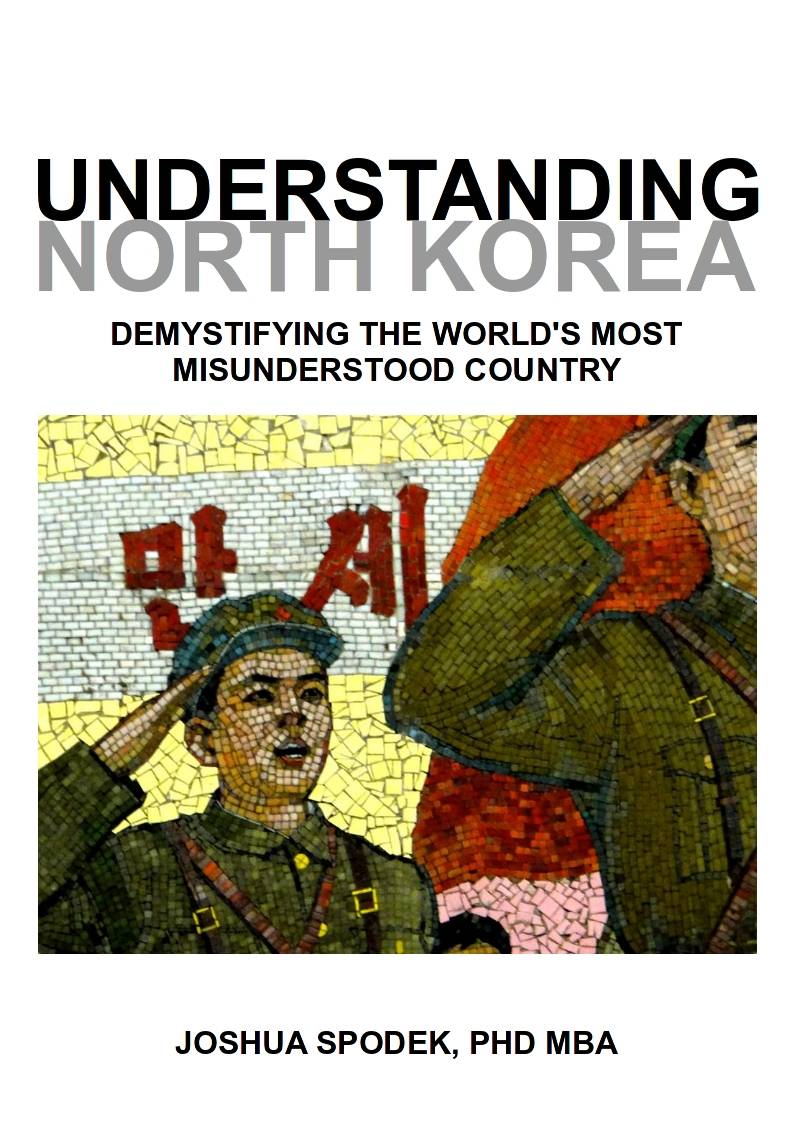“What can I do?”
This question drives interest in North Korea perhaps more than any other after asking what it’s like. Even people who know little about the rest of the world sense something about North Korea they’d like to help with.
Nobody sees what they can do.
The next few posts will cover what you can do.
I believe you need to understand North Korea’s situation from a strategic level both globally and regionally to see what you can and can’t do and what may or may not work.
I also believe you can learn the relevant overall situation in a few blog posts. As unusual as the situation there is, I believe it is simple and that you can understand it easily.
Yet I haven’t seen an article break down the situation meaningfully. Stories all have similar angles — human interest, photo essay, human rights, I’m-a-great-reporter-who-went-to-North-Korea, Kim Jung Il is unusual, border disputes, nuclear weapons, and a few others. Many of these articles are great and hugely important, but they don’t help figure out what you can do, whether you’re a regular person like me or the President of the United States.
There are few angles because the situation there is incredibly stable. In the time of two — two! — leaders of North Korea
- Generations of leaders of other countries came and went,
- Ten percent of the North Korean population died of hunger within a few years,
- China went from communist to capitalist,
- The Soviet Union crumbled,
- The U.S. invaded Vietnam, fought the entire war there, and left,
- The world recoiled in horror at reports of human rights abuses in North Korea,
yet nothing changed at the top of North Korea’s power structure. The world rarely sees such stability. Without understanding this stability you can’t plan. Action without planning in the face of that stability will go nowhere.
First I will cover the concept of strategy in general, then global and regional strategy as it relates to North Korea. I wish I had read what I will write elsewhere. I have a weird feeling what I write will be definitive. Maybe that sounds pompous, but what writer would write something not expecting what they write to be definitive?
Based on the principles of strategy and the conditions as I understand them, I’ll write what might work on a large scale, as well as what I think won’t, to give context to what might work on a small scale — that is, what you can do. I also think that you need to understand other players’Â perspectives and motives to interact with them effectively, so I will present my understanding of their perspective, which I think you’ll find very different than what you expect.
Here is a rough table of contents for the next several posts. I’ll make them links as I post them.
- Overview of strategy and relevant principles
- Geography: the playing field and relevant players
- Relevant players and their motives
- North Korea’s sustainable competitive advantage
- From the North Korean leaders’ perspective
- What do North Korean leaders want?
- How does the world look to North Korean leaders?
- What won’t work
- What can work
- China
- Reducing risk for decision-makers
- Increasing interaction
- Reducing domestic support
- What you can do
- An idea for change to provoke thought
Next: Overview of strategy and relevant principles
—
EDIT: I included much of this post and this series on strategy (edited and polished) in my ebook, Understanding North Korea: Demystifying the World’s Most Misunderstood Country. I wrote the book to help increase understanding, communication, and freedom.


Pingback: North Korea strategy: a primer on strategy | Joshua Spodek
Pingback: Vaclav Havel and freedom; perhaps I was wrong | Joshua Spodek
Pingback: A kink in the armor: The Wall Street Journal on luxuries entering North Korea | Joshua Spodek
Pingback: Hundreds of millions of counterfeit hundred dollar bills, part 2 | Joshua Spodek
Pingback: A kink in the armor: The Wall Street Journal on luxuries entering North Korea | The North Korea Blog